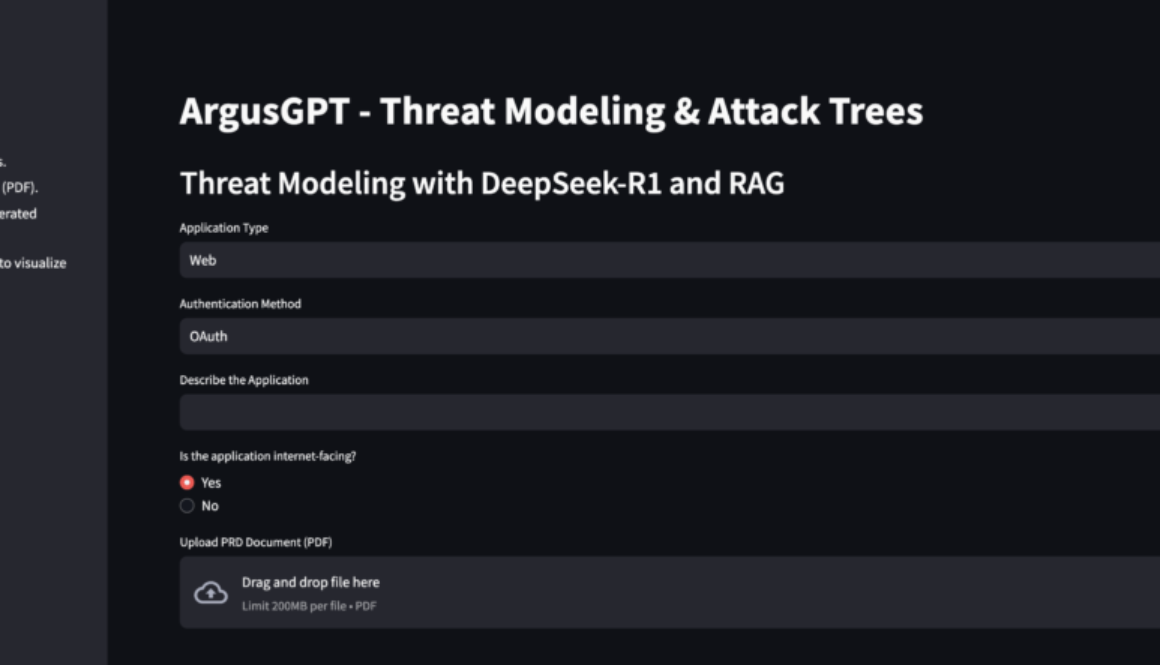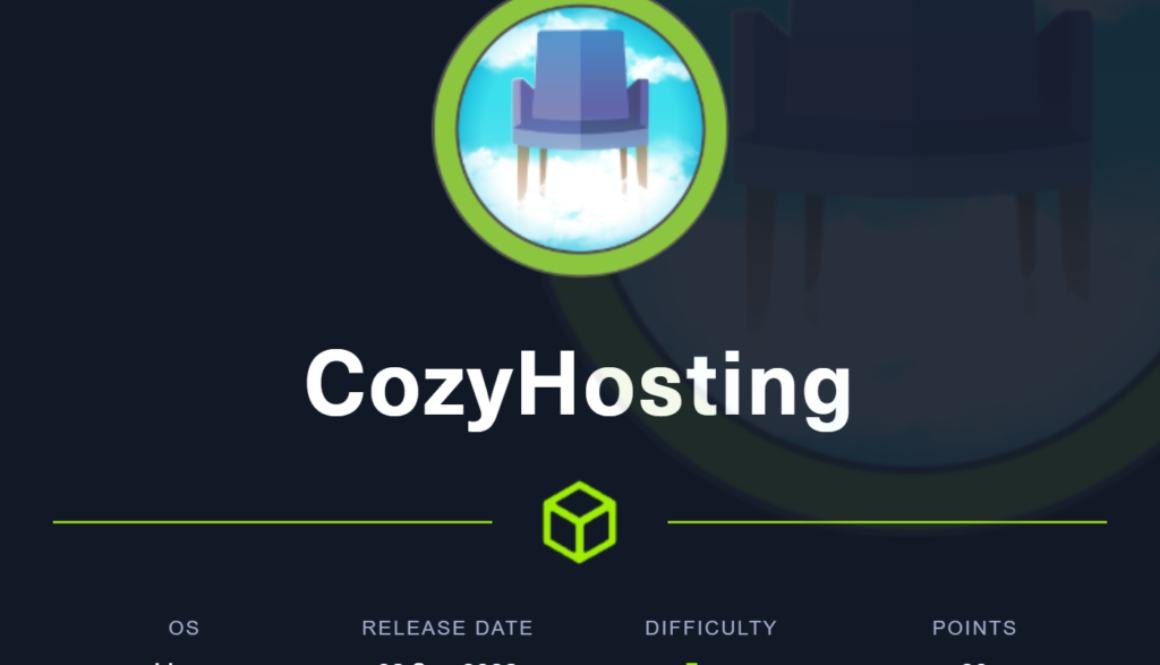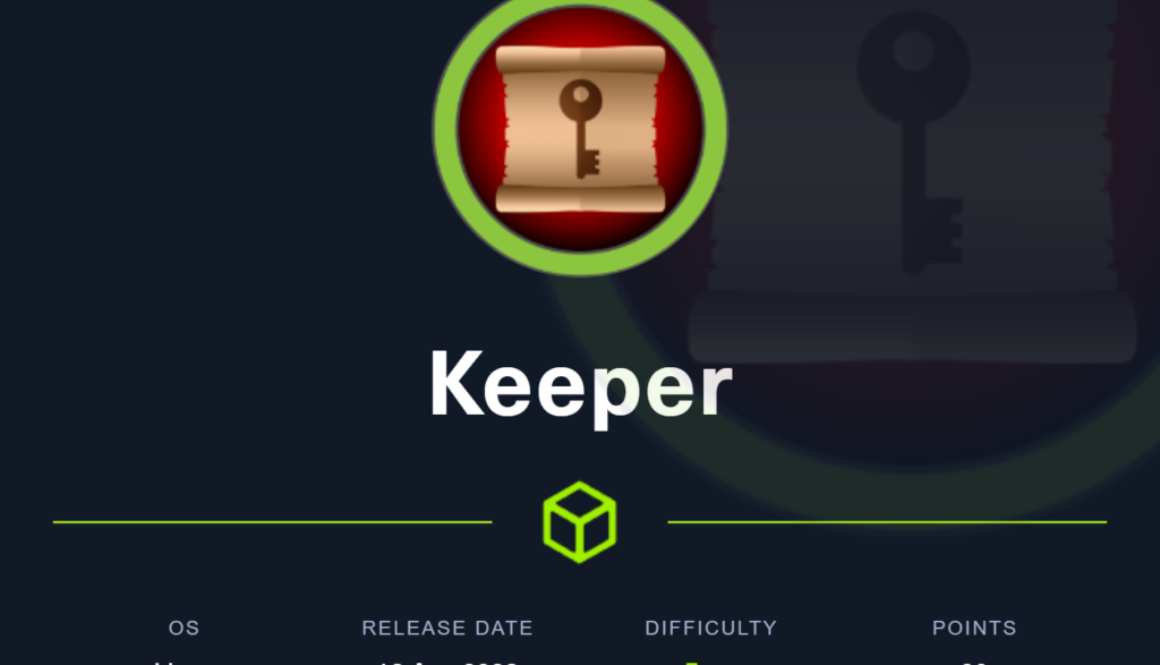Prompt Injections Primer (Part 1)
Introduction
Large Language Models (LLMs) have transformed how modern applications interact with natural language—driving chatbots, agents, and decision engines across domains. However, their capacity to follow instructions is also their greatest liability. Prompt Injection (PI) attacks exploit this behavior, enabling adversaries to manipulate LLMs into disclosing sensitive data, altering workflows, or executing malicious actions by overriding the original system prompt with user injected prompt instructions.
As LLMs are increasingly integrated with tool-use capabilities, databases, and API endpoints, the risk surface expands beyond prompt misalignment into real-world compromise. This post explores the technical landscape of prompt injection, its attack vectors, real-world impact, and the current limits of defensive approaches. Notably, Prompt Injection (LLM01 in the upcoming LLM OWASP Top 10 for 2025) can be a root cause for other significant LLM vulnerabilities, including LLM02 – Sensitive Information Disclosure, LLM04 – Data and Model Poisoning, LLM06 – Excessive Agency, LLM07 – System Prompt Leakage, and LLM09 – Misinformation.
Read More









